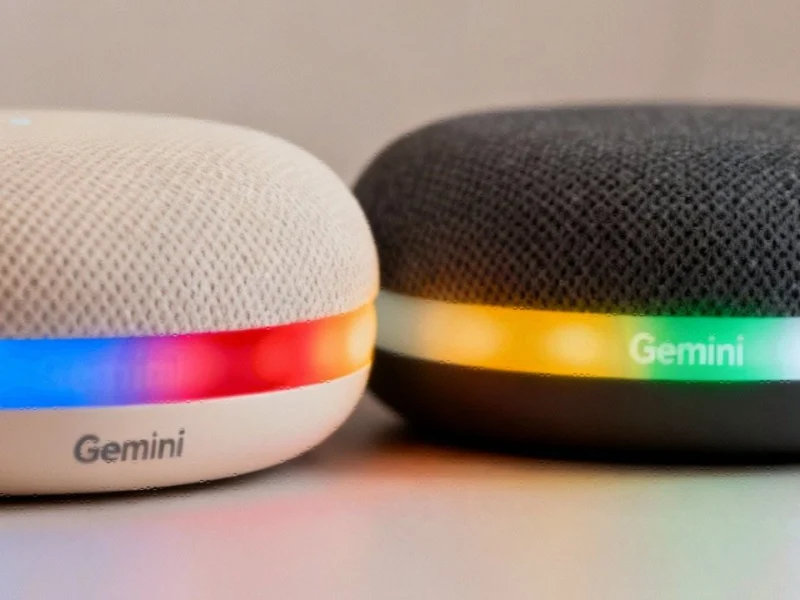According to Business Insider, OpenAI’s updated usage policies from October 29 include new language clarifying that users cannot seek “provision of tailored advice that requires a license, such as legal or medical advice, without appropriate involvement by a licensed professional.” Despite viral social media posts suggesting ChatGPT would stop offering health advice entirely, the company confirmed this isn’t a new policy change but rather clearer liability protection. The timing is crucial as a KFF 2024 survey shows approximately 1 in 6 people use ChatGPT for health advice monthly, with users reporting instances like a man developing a rare psychiatric condition after following dangerous salt substitution advice. This policy refinement comes as OpenAI expands its healthcare initiatives with new leadership hires.
The Technical Boundaries Between Information and Advice
The distinction between medical information and medical advice represents a fundamental technical challenge in AI system design. From an architectural perspective, ChatGPT operates on pattern recognition and information retrieval rather than diagnostic reasoning. The system’s training data includes medical literature, research papers, and publicly available health information, but it lacks the clinical reasoning pathways that human medical professionals develop through years of training and practical experience. The technical implementation involves content filtering systems that flag queries requiring personalized diagnosis while allowing general health information retrieval. This boundary is maintained through sophisticated prompt classification algorithms that detect when users are seeking diagnostic opinions versus educational content.
Liability Protection Through Technical Architecture
OpenAI’s policy updates reflect a sophisticated approach to managing legal exposure in high-risk domains. The technical implementation likely involves multiple layers of safety systems, including query classification models that identify medical-related prompts and response generation constraints that avoid specific treatment recommendations. This architecture represents a critical evolution from earlier AI systems that lacked domain-specific guardrails. The company’s August acknowledgment that its models “fell short in recognizing signs of delusion or emotional dependency” indicates ongoing technical challenges in mental health contexts, where nuanced understanding of human psychology exceeds current AI capabilities. These limitations are particularly pronounced in emergency medical situations where immediate human judgment is essential.
Broader Implications for AI in Healthcare
The policy clarification has significant implications for OpenAI’s healthcare ambitions beyond consumer ChatGPT usage. Enterprise healthcare applications require different technical architectures with built-in clinical oversight mechanisms and audit trails. The company’s recent healthcare leadership hires suggest they’re developing specialized products that comply with medical regulations while leveraging their core AI capabilities. This creates a bifurcated approach: consumer-facing products with strict limitations on medical advice, and enterprise solutions designed for clinical settings with appropriate professional oversight. The technical challenge lies in maintaining consistent model behavior across these different deployment contexts while meeting varying regulatory requirements.
Technical Evolution and Future Capabilities
Looking forward, the development of medically-capable AI systems will require significant technical advances beyond current large language models. Future systems may incorporate specialized medical reasoning modules, clinical knowledge graphs, and integration with electronic health records while maintaining appropriate boundaries. The key technical challenge involves creating systems that can provide valuable health information without crossing into unlicensed medical practice. This likely involves developing more sophisticated context awareness, better understanding of medical risk levels, and improved ability to recognize when human professional involvement is necessary. As social media reactions demonstrate, user expectations often outpace AI capabilities, creating ongoing tension between what users want and what systems can safely provide.




